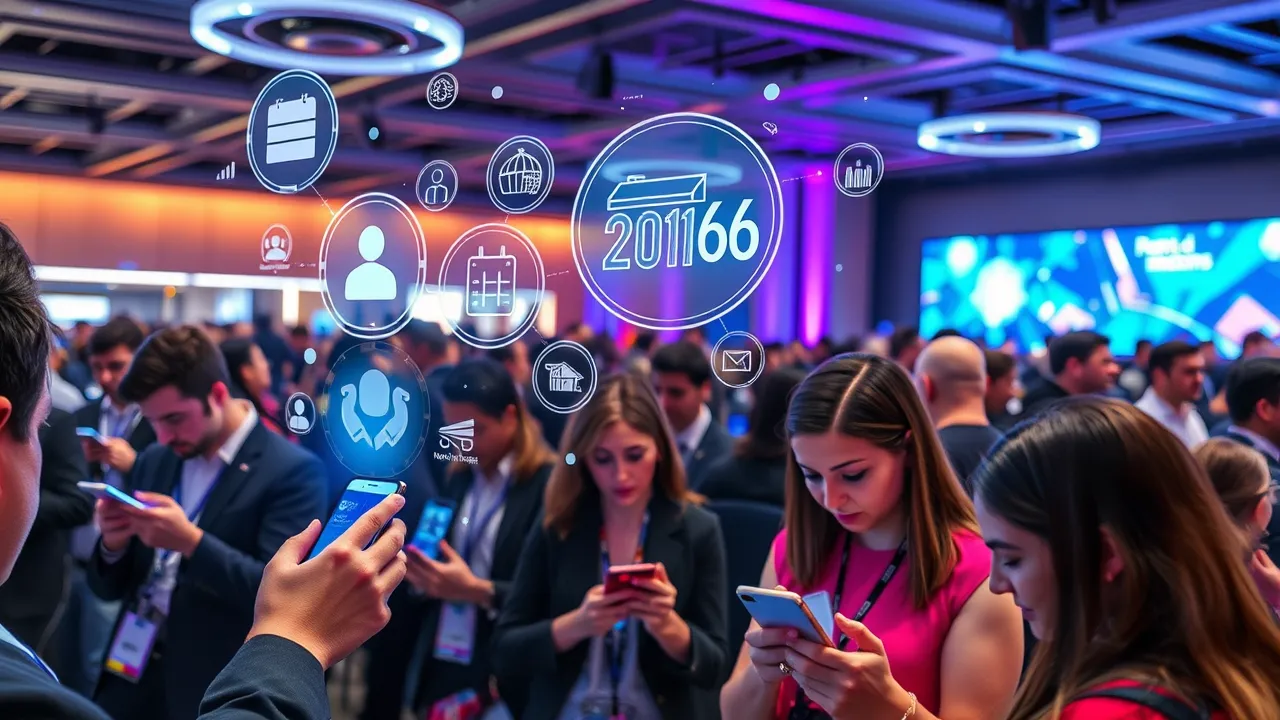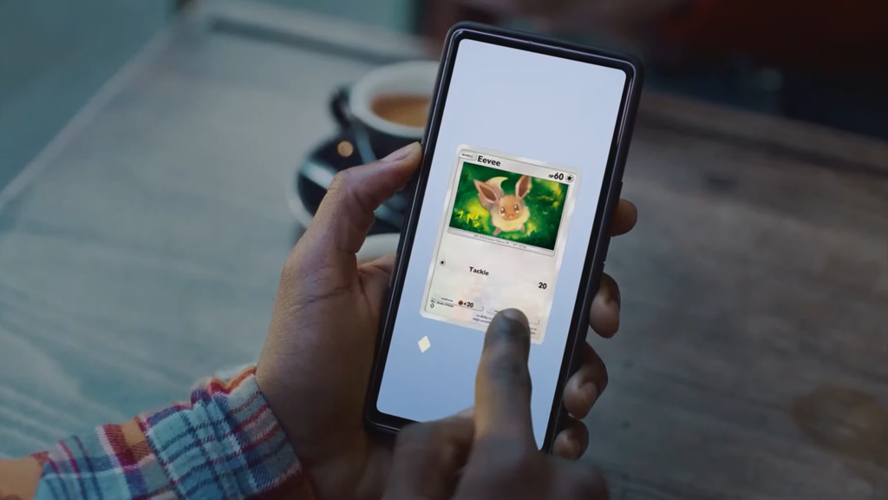10 tips to increase mobile event app adoption in 2026

Getting people to use your event app is not always easy. You spend time building it, adding features, making it look good, and then… only a few attendees download it. That’s frustrating. But it’s also common. Mobile event app adoption doesn’t happen by chance. It needs planning, effort, and a few smart moves.
In 2026, people expect things to work fast. They want clear instructions, useful tools, and something that feels worth their time. If your event app doesn’t offer that, they’ll skip it. So how do you make sure they don’t?
Here are 10 tips that can help increase mobile event app adoption and improve event app engagement. These are not tricks. They’re just simple steps that work when done right.
1. Start Early with Promotion
Waiting until the last minute to tell people about your event app is a mistake. You need to start early. As soon as registration opens, mention the app. Add it to your emails, website, and social media posts.
Give people a reason to download it. Tell them what they’ll get. Maybe it’s the schedule, speaker list, or access to special sessions. The earlier you start, the more time people have to get used to the idea.
2. Make the App Easy to Find
If people have to search too much, they won’t bother. So make sure the app is easy to find. Add direct download links in your emails. Put QR codes on your website and posters. Mention it during webinars or pre-event meetings.
Also, make sure the app name is simple. If it’s too long or confusing, people might download the wrong one. Clear instructions help too. Tell them where to go, what to click, and what to expect.
3. Offer Something Exclusive
People like getting something extra. If your event app offers exclusive content, they’re more likely to download it. Maybe it’s early access to sessions, bonus materials, or private networking rooms. You don’t need to give away too much. Just enough to make the app feel useful. This also helps with event app engagement. If people open the app often, they’ll stay connected throughout the event.
4. Keep the Design Simple
A messy app turns people away. If it’s hard to use, they’ll delete it. So keep the design clean. Use clear buttons, short labels, and simple menus. Don’t add too many features at once. Focus on what matters. The schedule, speaker info, maps, and chat. If those work well, people will use the app. You can add more later if needed. But don’t start with too much.
5. Use Push Notifications Wisely
Push notifications are useful, but only if done right. If you send too many, people will turn them off. If you send none, they’ll forget the app exists. So find a balance. Use notifications to remind people about sessions, changes, or polls. Keep the messages short and clear. Don’t send more than needed. And always make sure the info is helpful. This helps with attendee engagement. People stay informed and feel like they’re part of the event.
6. Train Your Team
Your staff should know the app well. If someone asks for help, they should be able to answer. So train your team before the event. Show them how the app works, what features are included, and how to fix small issues.
This makes things smoother. Attendees won’t get stuck. And your team won’t waste time figuring things out during the event. It also builds trust. If people see that your team knows the app, they’ll feel more confident using it.
7. Add Gamification
Games are fun. Even simple ones. If your event app includes small challenges or rewards, people will use it more. Maybe it’s a quiz, a leaderboard, or a badge system. You don’t need to go overboard. Just something that makes the app feel active. This boosts event app engagement and keeps people coming back. It also helps with networking. People might talk to others just to win a challenge.
8. Collect Feedback Through the App
If you want to know what people think, ask them. The app is a good place for that. Add short surveys or polls. Ask about sessions, speakers, food, or anything else.
Keep the questions short. Don’t ask too much. And make sure the feedback goes somewhere. If people see that their input matters, they’ll use the app more. This also helps with future planning.
Feedback is part of event app best practices. It shows that you care and want to improve.
9. Keep Updating the Content
If the app stays the same from start to end, people lose interest. So keep updating it. Add new speaker info, session changes, or extra materials. Share photos, videos, or highlights.
This keeps the app fresh. People open it to see what’s new. It also helps with attendee engagement. If they see updates, they know the event is active. And they feel more involved.
10. Follow Up After the Event
The event might end, but the app doesn’t have to. Use it to send thank-you notes, share recordings, or offer discounts for future events. This keeps people engaged even after the event is over. It also helps with long-term mobile event app adoption. If people remember the app as useful, they’ll be more likely to download it next time. And they might tell others, too.
Final Thoughts
Getting people to use your event app takes effort. It’s not just about building it. It’s about making it part of the event. From promotion to feedback, every step matters. These 10 tips are simple, but they work. They help increase mobile event app adoption, improve event app engagement, and support attendee engagement. They also follow event app best practices that make your event feel more organized. If you’re planning an event in 2026, don’t wait. Start working on your app strategy now. The sooner you plan, the better your results will be.





